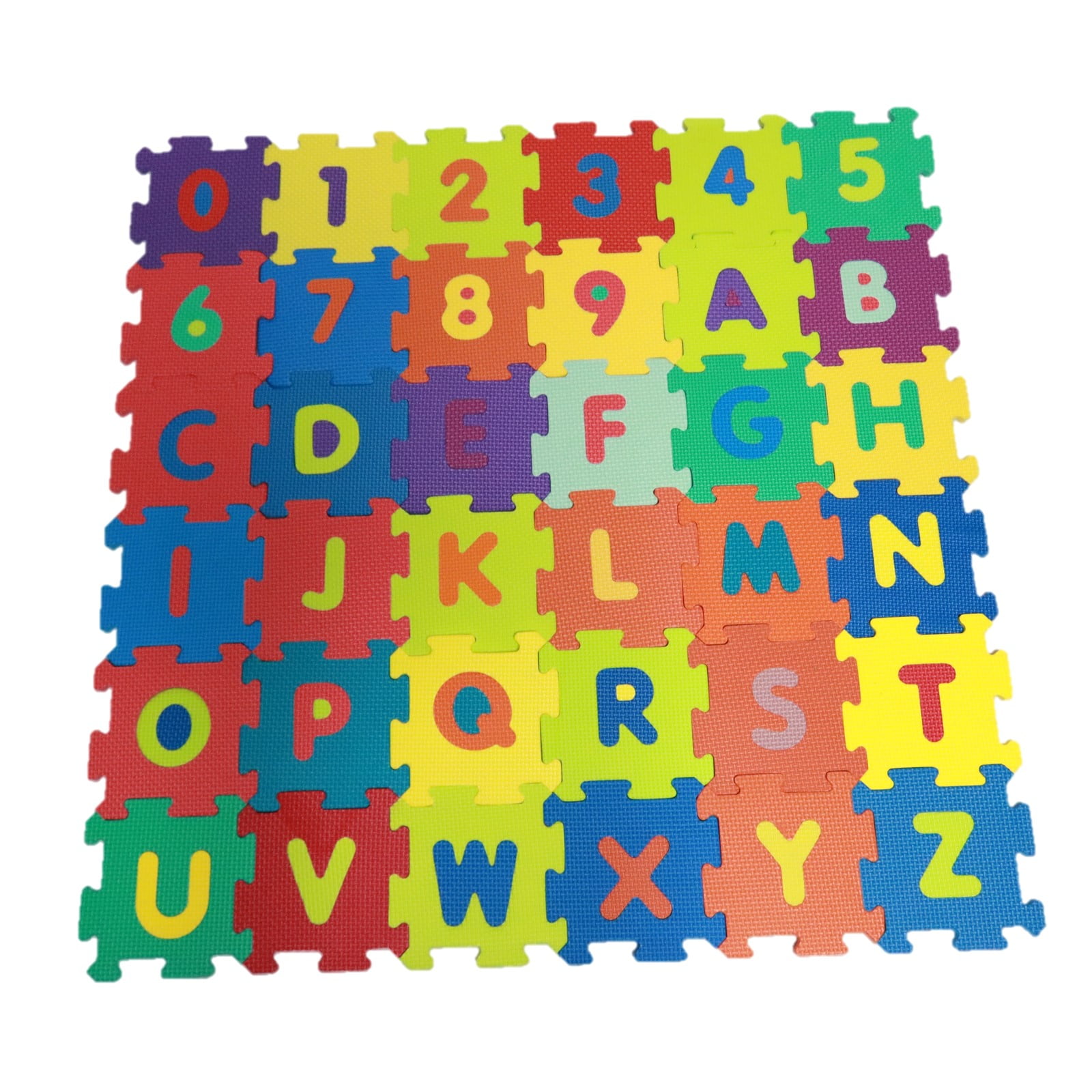

1 point: E ×15, A ×9, I ×8, N ×7, O ×6, S ×6, T ×6, R ×5, L ×4, U ×2Ībsent in both the original and standard set of Afrikaans are the letters C, Q, X, and Z.This language set of the game had the following 100 tiles: Alongside the English language version of Scrabble the company also produced the first Afrikaans language version of the game under the name Krabbel, an Afrikaans translation of "Scrabble".
#Crossword tiles more license
1 point: E ×16, A ×9, I ×8, N ×8, D ×6, O ×6, R ×6, S ×6, T ×6Ĭirca 1953, the Production and Marketing Company had provided license to the private company Leon Toys of Johannesburg, South Africa in the manufacture and production of Scrabble.The Afrikaans editions use these 104 tiles: Super Scrabble contains more letters that are overlined and fewer letters that are underlined than would be obtained by combining two standard English sets.Īfrikaans Afrikaans letter distribution For international distribution outside the United States and Canada, and under license from Mattel, the game is manufactured by Leisure Tends' Tinderbox Games and, for distribution within the United States and Canada, under license from Hasbro, the game is manufactured by Winning Moves. A popular story claims that Butts created an elaborate chart by studying the front page of The New York Times to create his final choice of letter distributions. When Alfred Butts invented the game, he initially experimented with different distributions of letters. Diacritical marks (such as "é" in words borrowed from French) are ignored. (Number of tiles across, point values down)Įnglish-language editions of Scrabble contain 100 letter tiles, in the following distribution: We’re working on variations for teams, and maybe even cooperative versions.Scrabble editions listed in this section are officially licensed by Hasbro (for North America) or Mattel (for the rest of the world).Įnglish English letter distribution Read, for example, Lance Hampton’s exemplary story of how he plays Bananagrams with his kids. Because the game is so simple to explain, it is also simple to change – to adapt to different skill levels, different environments and time constraints. Naturally, the first player to have used all her tiles shouts “bananas” (if she still has the presence of mind to remember), and wins the game.Įverything about Bananagrams is Major F U N, the quality of the tiles, the portability and storability, the adaptability and flexibility.

And so it goes, on and on, until almost all the letter tiles are used up. As soon as one player succeeds, she calls “peel,” at which time every player has to take a another letter tile. They race to assemble all their letters into a crossword. Players all get the same number of letter tiles, the exact number depending on the how many are playing. It will remind you of other letter-tile word games, many other letter-tile word games, until you actually read the rules (which are simple enough to summarize on the 1×2-inch tag that is attached to the banana-like zippable package).īasically, you draw a bunch of tiles and try to assemble all of them into a crossword array. Bananagrams is a word game that uses letter tiles – 144 unusally finger-friendly, bakelite letter tiles.


 0 kommentar(er)
0 kommentar(er)
